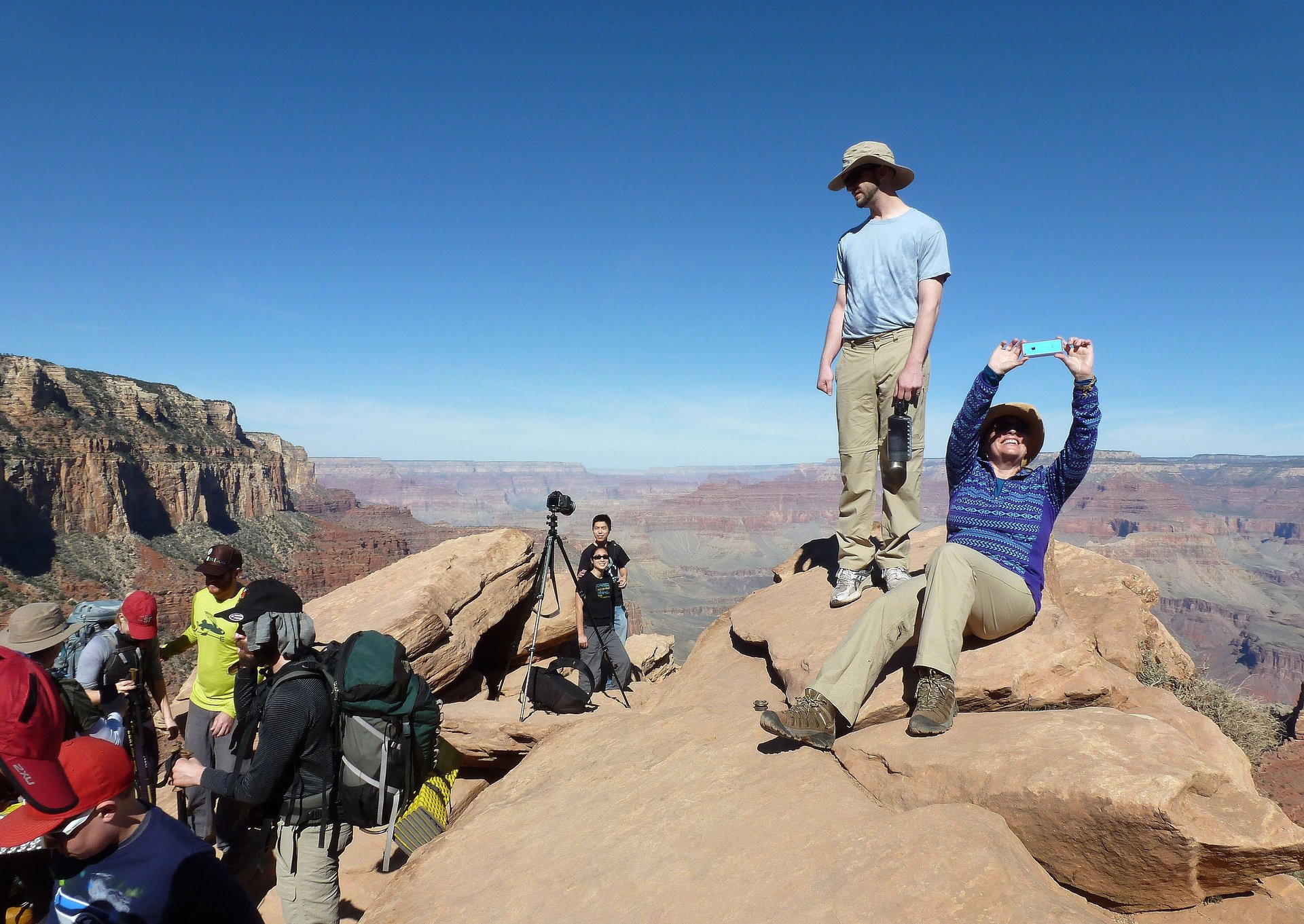Instagram is flooding parks with visitors. Not everyone is happy
The Washington state portion of the Cascade mountains is home to a spoil of beautiful hikes, but an area called the Enchantments stands out. With jagged granite peaks surrounding a string of turquoise lakes, and shaggy mountain goats wandering freely, the spot is incredibly photogenic. If you search #enchantments on Instagram, there are more than 33,000 posts.


The Washington state portion of the Cascade mountains is home to a spoil of beautiful hikes, but an area called the Enchantments stands out. With jagged granite peaks surrounding a string of turquoise lakes, and shaggy mountain goats wandering freely, the spot is incredibly photogenic. If you search #enchantments on Instagram, there are more than 33,000 posts.
The US Forest Service oversees a strict permitting system for overnight trips to the Enchantments, but that doesn’t deter hoards of day hikers from descending upon the area every day, hoping to snag that perfect profile pic. In an interview with Crosscut.com, Forest Service ranger Carly Reed says those day hikers are trampling vegetation, taking selfies with goats, and leaving behind loads of trash and poop. (As I was hiking out two weeks ago, we came across rangers hiking in giant plastic poop bins to accommodate an unexpectedly busy season.) Reed told Crosscut that the Enchantments saw around 50,000 visitors in 2016, more than 2.5 times the 19,000 recorded visitors in 2009.
The Enchantments aren’t the only scenic spot seeing increased impact from its social media popularity. California’s Lake Tahoe, Colorado’s Guffey Gorge and Hanging Lake, New York’s Blue Hole, and Virginia’s Devil’s Bathtub are among the attractions seeing an uptick in visitors who are doing it for the ‘gram.
Of course, social media isn’t going away, and a group of concerned hikers is hoping to convince their fellow outdoorspeople to think before they Instagram. Former Forest Service employees Drew Stevens and Mark Wetherington have spearheaded an initiative called Hikers for an 8th Leave No Trace Principle, pressuring the Leave No Trace Center for Outdoor Ethics to add new guidelines addressing social media use. Leave No Trace’s seven classic principles include things like respect wildlife, leave what you find, and dispose of waste; experienced hikers pass these rules on to newbies.
An 8th Leave No Trace Principle, write its organizers, should encourage outdoorspeople to “use discretion” on social media. To some, that means avoiding geotagging, or at the very least, being vague about where you are. For instance, those hiking in the Enchantments might instead just tag their photos with the general area, like “the Alpine Wilderness” or even “the Cascades.” It’s not hard to imagine how a hiking post from a user with thousands of followers could attract new visitors; after all, there’s a reason brands pay Instagram “influencers” big bucks to show off their wares.
In forums and comments sections, hikers bristle at the suggestion. On the Northwest Hikers message board, a Seattle hiker named Randy doesn’t want his outdoors experience micromanaged. “The old saying was, ‘Take only pictures, leave only footprints,’ but now it seems that the Leave No Trace folks want it to be, ‘Don’t take pictures, don’t leave footprints.'” Others say a social media principle only serves to increase elitism in the outdoors, pointing to smug hashtags users post along with their ungeotagged photos: #nogeotags, #secretplaces, #bestkeptsecret.
Avoiding geotagging may make it harder for a beautiful place to go viral, but it’s in our nature to be curious about a breathtaking view. After my trip to the Enchantments, I posted a photo of myself standing on a cliff above a pristine lake, making sure to leave out the geotag; within a few minutes, an aunt commented asking where it was taken.